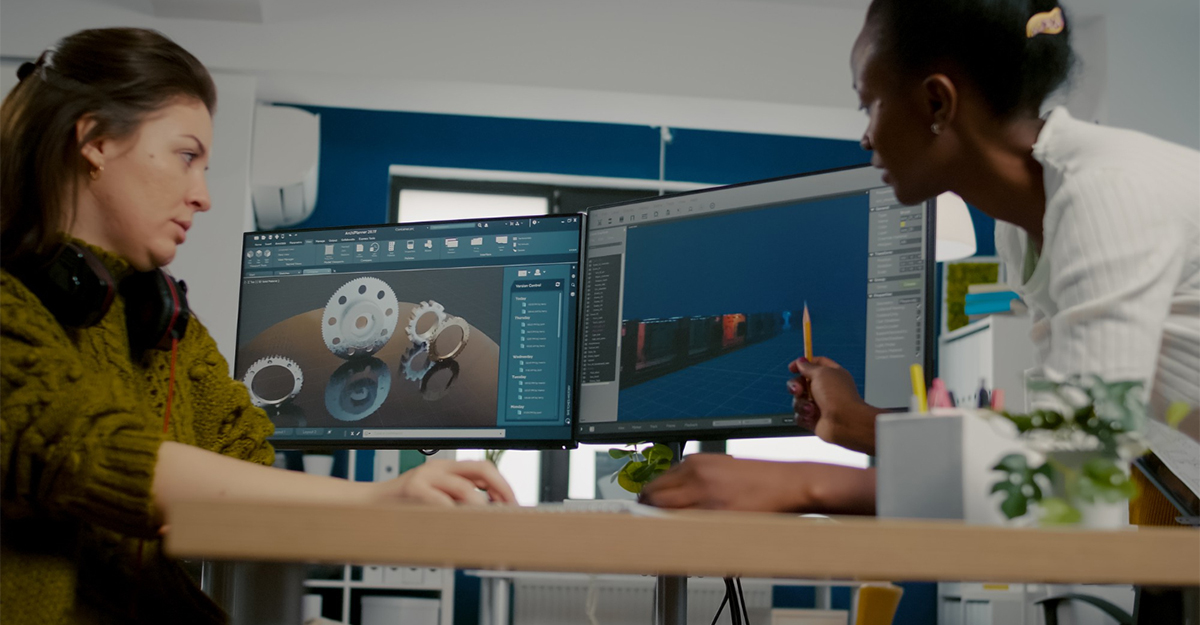
Top Mold Design Practices for Faster Production
In today’s highly competitive manufacturing landscape, speed to market can make or break a product’s success. While many focus on material sourcing or automation for faster output, the real key often lies in the mold design stage. An intelligently designed mold doesn’t just shape your product — it shapes your production timeline, cost, and efficiency. Whether you’re working with plastic injection molding or die-cast components, here are the top mold design practices that help accelerate production without compromising on quality.
The first and most critical factor is designing with manufacturability in mind. This means taking into account part geometry, draft angles, wall thickness, and undercuts from the very beginning. A mold design that avoids complex features like sharp corners or overly thin walls will reduce tooling complexity and speed up machining and polishing times. Additionally, ensuring adequate draft allows for easier ejection and less wear on the mold, extending its life and reducing maintenance delays.
Another practice is the use of standardised mold components wherever possible. By incorporating off-the-shelf parts — such as ejector pins, bushings, and guide pins — designers can significantly reduce lead times associated with sourcing and custom machining. This also simplifies maintenance and part replacement during the mold’s service life, minimising downtime during production runs.
Implementing hot runner systems is another efficiency booster, especially for high-volume production. Unlike cold runner systems, hot runners eliminate the need for sprues and runners, reducing material waste and shortening cycle times. These systems also help improve part consistency and reduce the need for secondary trimming or processing.
The use of simulation tools like mold flow analysis during the design phase also leads to faster production. These tools help predict how the plastic will flow within the cavity, identify potential warping, sink marks, or air traps, and enable the designer to make corrections early. Catching these issues before the mold is built avoids costly rework and delays during sampling.
Lastly, modular mold designs are becoming increasingly popular for companies that need flexibility. Designing a base mold that supports multiple interchangeable inserts allows manufacturers to produce different parts using the same tooling setup. This is particularly useful for pilot production, prototyping, or when product versions need to be updated quickly.
By applying these best practices in mold design, manufacturers can not only speed up production but also reduce costs, improve quality, and respond more quickly to changing market demands. When partnered with an experienced mold design team, these techniques ensure a smoother transition from concept to final product — on time, every time.
